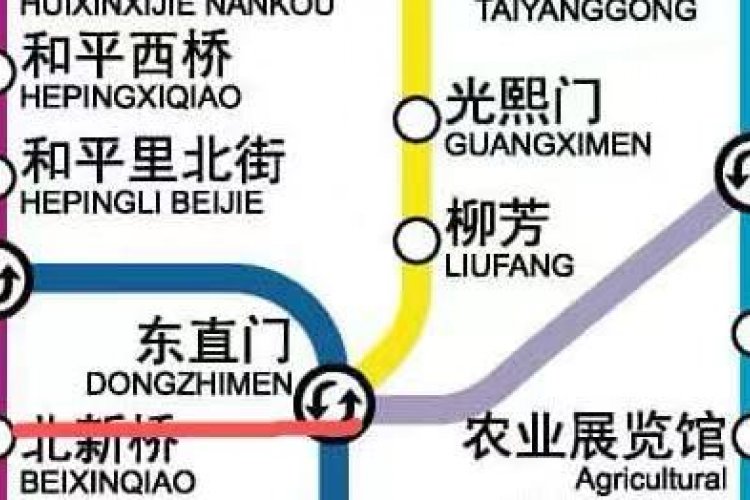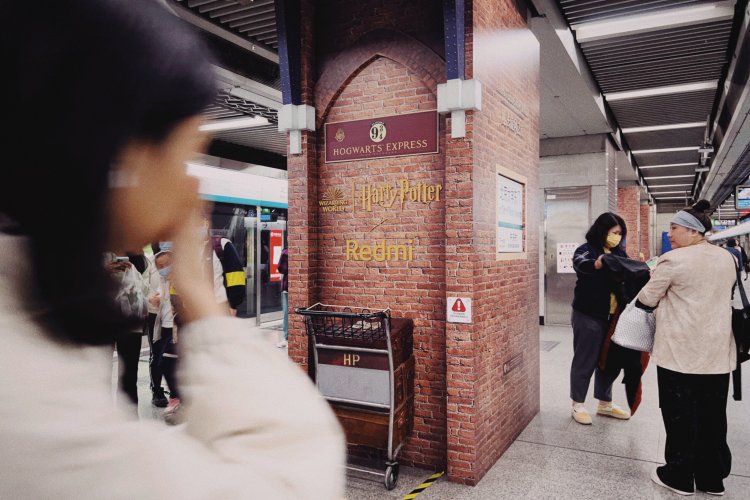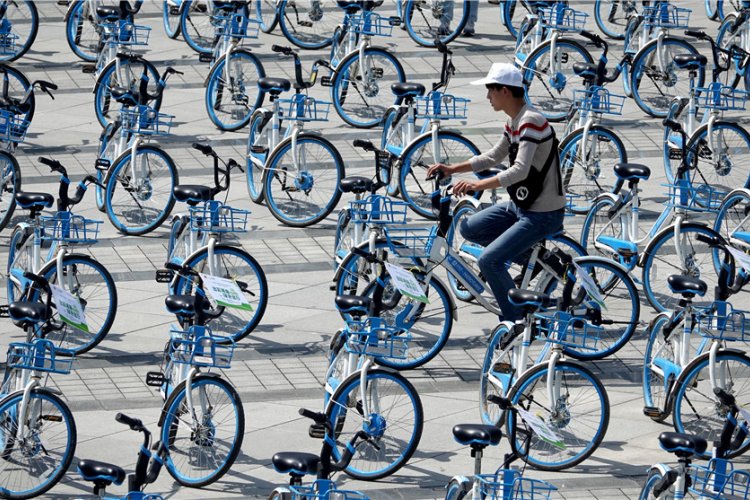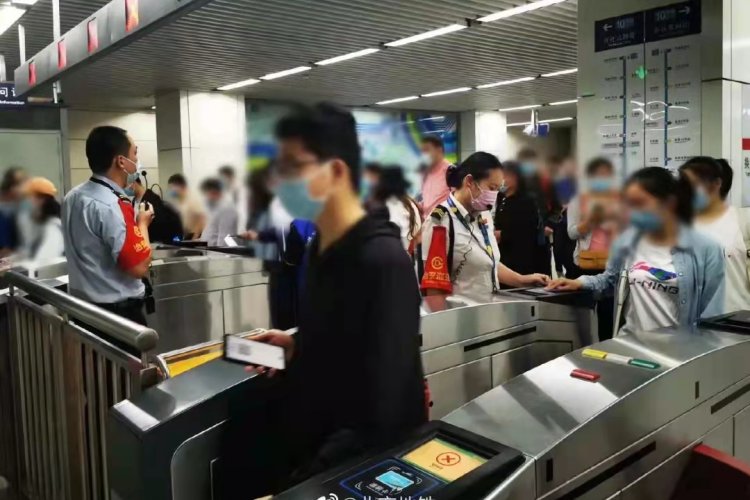City Driving: Visiting the Beijing Auto Show
It's strange having an automobile exhibition in a city where the average person can't go out and buy a car, even though economic means have risen to the point where many families can. And yet, every two years, the Beijing Auto Show rolls into town, alternating years as the Shanghai Auto Show. This year there's a World Cup in Rio, and two years from now, when there's an Olympics in Rio, there will be another Auto Show in Beijing.
You can't blame the auto makers or boosters of the auto industry in China for ignoring those local strictures and focusing on the broader market. Something like 15 million vehicles will be sold in China in 2014, which means it's still the world's largest car market.
"'Driving for a Better Future' is the theme of Auto China 2014, and the show will focus on innovations and new technologies in automotive development, especially in vehicle design, energy savings and environmental protection. With so many cars now on the road in China, having a car is no longer a luxury for many Chinese consumers. Addressing the energy and environmental issues caused by being an auto nation has become the top priority for the country’s auto industry," writes former automobile industry executive Jack Perkowski on his blog Managing the Dragon.
This year's event is spread across nine indoor halls and a number of outdoor displays, which feature trucks, tires, and other auto accessories and components.
Real gearheads should go beyond and look at coverage from autoblog and Jalopnik to see what you might see at the Auto Show that the average visitor might not notice or care about.
Ironically, the best way to visit the Auto Show is via the Beijing Subway. You'll ultimately need to reach Line 15 and the Wangjing West station (the line's current southwestern terminus), probably via Line 13, and perhaps Line 10 before that (take Line 10 to Shaoyaoju), then switch to Line 13 heading towards Xizhimen. The ultimate stop is the Guo Zhan (国展) or New China International Convention Center (NCICC, but you will only see Guo Zhan on the subway map), which is at the east gate of NCICC. With the public days beginning on April 23 and lasting through April 29, expect traffic heading there to be heavy, especially come next weekend. Take the subway. Ironic, but better.
The West exhibition halls (W1-W4) feature non-Chinese car makers, except those owned by the Volkswagen Group. See below. Expect a bit more flash and a bit more cash spent on production values. We found the car models at Honda to be the best-looking of the show, if that's what you visit a car show for. The Mercedes-Benz booth in W2 is impressive, with a complete line from the SLS Blacks to more "common" models on show.
The East halls, except for Volkswagen's E5, are occupied almost entirely by Chinese manufacturers. If you want to see what local makers are pumping out, this is the place. Volvo had the largest presence of models, and clearly went an Eastern European route for that.
Fans of Top Gear should go directly to Hall E4. There you'll find all kinds of super and ultra cars, including Aston Martin, Ferrari, Maserati and McLaren, and a weird SUV cum Hummer called the George Patton. Don't expect to get close: these platforms are off-limits to the public for the most part. More power can be found in Hall E5, which is the Volkswagen Group's hall. In case you didn't know, the Volkswagen parent group also happens to own Audi, Bugatti, Lamborghini, Porsche, and Skoda. All of those brands and their best stuff will be found in this hall. The amount of space devoted to Audi demonstrates that brand's muscle in this market.
Noticeably absent from the show are electric cars. For all the fanfare associated with electric cars in China and all the government incentives for domestic companies to produce them, and even the license plate lottery waiver they provide, consumers, and seemingly car makers, are not interested. Tesla Motors finally delivered its first eight cars in China Tuesday, and announced they will manufacture in China also. Big whoop. Until there's an obvious charging station in every major housing and office complex parking lot, electric cars are going nowhere. It's like announcing a whole bunch of new car factories, but no construction of roads. Infrastructure must precede production.
This isn't really an event for kids. While younger visitors will get a bit of vroom vroom here and there, this is a big space with a lot of walking, big crowds, and little or no swag, so little ones are not going to come away with a model of a favorite car to play with. Also, the super car platforms are off-limits to everyone except VIPs and the occasional member of the press, so there will be no literal or figurative kicking of the tires, although more affordable, family brands of course permit close-up access. If little kids must come along, bring a stroller.
It's also not really an event for buyers. Beijingers, of all people, are unable to walk out of the event and go buy a car, not unless they've already won the license plate lottery, which any entrant has a less than one percent chance of winning. One impression almost any buyer will walk away with: cars all look pretty much the same these days. Sports utility vehicles (SUVs) are all rounded in the same places, family sedans have pretty much the same lines, and I gotta ask: how can anyone tell the difference between Vollkswagen's Bora, Magotan, Passat, and Sagitar, besides the price tag? Maybe I just don't know cars. Buyers would be better off spending the day visiting dealers, where they might actually get a test drive, or reviewing various models online. Visiting the Che Zhan is like the National Hockey League playoffs: all the full-contact checking, but none of the ice or scoring.
Photo: Steven Schwankert/the Beijinger






